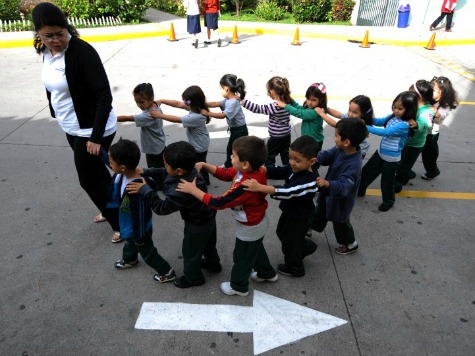When the nation’s teachers and the curricula they teach are not doing the job, parents are uninvolved, and students are not learning the way they should, what should be done about it?
If you’re Colorado, Connecticut, Massachusetts, New York, or Tennessee, you simply add more days in school for the students rather than fix the underlying problem. In those five states, at least 300 additional hours will be add to the school years of almost 20,000 students in 40 different schools. There are long-term plans to expand the plan to include more schools, especially in poorer districts.
And how is this going to be funded? A mix of federal, state and district funds, plus additional funds from the Ford Foundation and the National Center on Time & Learning.
This is the culmination of a dream for Education Secretary Arne Duncan, who suggested in 2009 that schools should be open six or seven days per week and should run 11 or 12 months a year. Duncan boasted:
Whether educators have more time to enrich instruction or students have more time to learn how to play an instrument and write computer code, adding meaningful in-school hours is a critical investment that better prepares children to be successful in the 21st century.
Yet there are voices of dissent; the National School Board’s Association’s Center for Public Education asserted that students in achievement-oriented countries like South Korea, Finland, and Japan spend less time in school than most U.S. students.
It was never a problem decades ago for the U.S. to lead the world in education when teachers were better and the curricula were not laced with experimental approaches toward education. The problem won’t be solved by more hours for students but rather by getting back to basics.

COMMENTS
Please let us know if you're having issues with commenting.